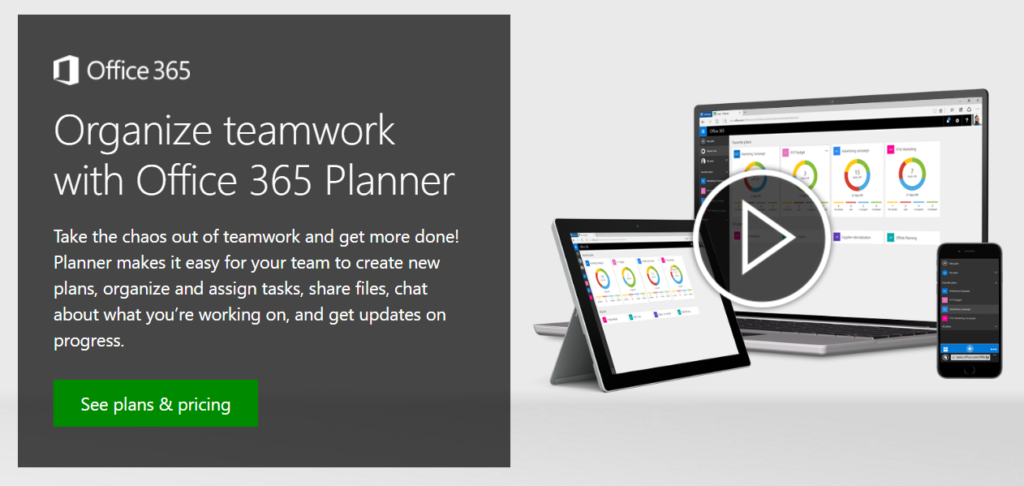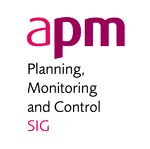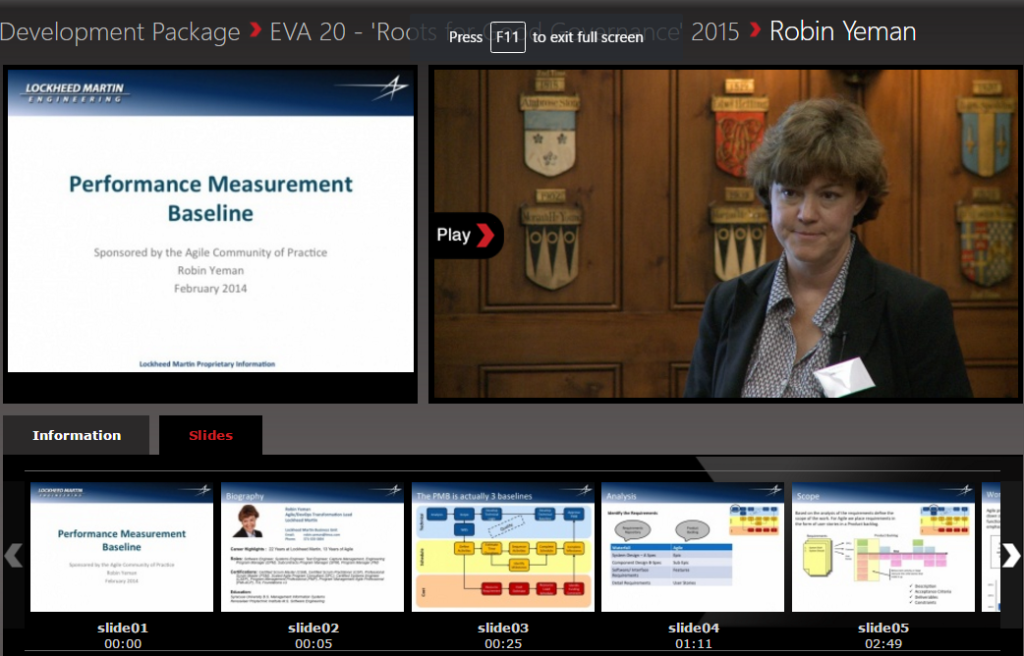 Interview by Jason Hesse, Project Magazine [Summer 2016 edition] with National Audit Office’s Geraldine Barker, whose role is to shine a light on how major projects are delivered by government. Geraldine will be speaking at Bringing Projects to Life conference #eVa21 on 16 June
Interview by Jason Hesse, Project Magazine [Summer 2016 edition] with National Audit Office’s Geraldine Barker, whose role is to shine a light on how major projects are delivered by government. Geraldine will be speaking at Bringing Projects to Life conference #eVa21 on 16 June
Delivering large-scale infrastructure and transformation projects is a struggle for any organisation, whether public or private. A report from the National Audit Office (NAO), published earlier in 2016, took a deep dive into the government’s delivery of major projects.
Delivering Major Projects in Government was published by NAO director Geraldine Barker and her team, following a comprehensive review of the government’s Major Projects Portfolio. The report was a wake-up call for government, highlighting that project delivery must improve.
There are currently 149 projects in the Major Projects Portfolio, and these have a combined whole-life cost of £511bn, of which £25bn is expected to be spent in 2015–2016. Getting these projects wrong would be disastrous for the public purse. The role of Barker’s team is to identify what the systemic issues affecting the projects may be, and to ensure that public money allocated to major projects is well spent.
“Parliament votes large sums of money for projects. Our role is to make sure the money is spent in the way that parliament intends, and it delivers value.”
ACCOUNTABILITY
The public sector has improved at delivering projects successfully, but further enhancements are needed. While the Infrastructure and Projects Authority (IPA) – formerly the Major Projects Authority – and government departments have taken steps to develop capability and provide assurance on improving project delivery, it is vital to improve the consistency and reliability of data surrounding project success.
One third of projects that are due to be delivered in the next five years are rated as ‘in doubt’ or ‘unachievable’ if action is not taken to improve delivery.
The success of these projects is paramount if government is to become more efficient at delivering services. Indeed, nearly 80 per cent of the major projects due to be delivered by 2019–2020 have a transformation or change agenda for how services are delivered or accessed.
Barker, who has spent the past 16 years at the NAO, knows that the key to improving these projects is better data, which, in turn, can help identify weak areas that need to be addressed.
“With the start of the new parliament, we thought that it would be useful to get some context on projects, given how integral project delivery is to the activities of government, as well as highlighting the issues and weaknesses,” she explains.
While positive steps have been taken around accountability, the changes have not gone far enough.
“The IPA has done a lot to try to address issues around accountability – establishing the owners for projects – and there has been a lot more assurance than there was at the start of the last parliament,” Barker says. “But the data provided by departments isn’t transparent enough.”
One example is costs. “Quite rightly, the IPA wants major risky projects to go into the portfolio at an early stage, but the costings are uncertain,” she explains. “They might know how much money is required to prepare and plan the project, but the detailed whole-life cost will not have been entirely worked out, as the data is incomplete.”
The assessment of costs is an important mandate for the NAO, so understanding how much projects will cost – and how the money will be spent – is important.
“Parliament votes large sums of money for projects. Our role is to make sure that those delivering the projects are spending the money in the way that parliament intends it to be spent, and that it is delivering value to the taxpayer,” says Barker.
She has identified planning as a key lesson for this, and says that project managers ought to spend more time planning: “Do not start making early announcements about projects before having had the chance to plan them through properly. We need to see more emphasis on what it is that the project is trying to solve, instead of just jumping to a solution.
“Have a good, long think about why the project is necessary, and the different ways that you could meet those objectives.”
Having a good challenge function in place can help with this. Taking a little more time at the early stages of the project to challenge your thinking can pay dividends.
“We saw this with Crossrail,” Barker explains. “[Project managers] spent a long time on planning, and they got a lot of challenges back from the Major Projects Review Group. Despite it being a painful process for them at the time, the project ended up benefiting from this.”
DATA CHALLENGE
Accurate, reliable data is at the heart of successful project delivery, and the complications of collating this data in the Major Projects Portfolio is one of the root causes for the NAO’s challenging assessment in the recent report.
“There are still many gaps in the information that the IPA holds,” Barker explains. “It is doing a lot to try to improve how benefits are articulated, but we feel that there is still a lot that needs to happen around the data more generally.”
When asked why there are such weaknesses in the data, Barker is unable to give a full answer. “I’m not really sure that we’ve got to the bottom of it,” she says. “Whenever we do deep dives into projects – HS2 or Crossrail, for example – getting good data is consistently an issue. Sometimes there are time lags, which are entirely understandable, but we need to take a much closer look at how data is collected and reported.”
“Whenever we do deep dives into projects, getting good data is consistently an issue. We need to take a much closer look at how data is collected.”
The standardisation of data is an issue. Project managers are always able to answer specific questions posed by portfolio managers and government departments, but the questions – and the data that is requested – are often posted in different ways, which makes it hard to compare data sets.
TRANSPARENT COSTS
This all leads to the most important issue: cost. The challenge of improving portfolio management at departmental and governmental level has often led to difficulties in assessing, in the planning stages, what will be the project’s full cost.
The general point, says Barker, is how this affects transparency.
“How can we ensure that decision – makers know what the cost will be of what they are agreeing to? How can parliament better understand what it is voting for when allocating money to projects?”
This does not mean having to come up with one final figure for any given project, she adds. There is currently a lot of pressure on the public sector to come up with figures, and taxpayers rightfully want to know how much a project is costing them, but coming up with one specific figure is unrealistic in major projects.
Instead, says Barker, why not encourage departments to educate and explain the uncertainty that surrounds major projects, and come up with a range of costs? “That would be a much healthier discussion, as it would help everyone understand the variables and risk involved,” she says.
The NAO’s role in assessing projects – by uncovering how money is being spent and looking at how waste can be avoided – is not easy. The lack of data and the difficulty in accurately determining a project’s likelihood of being delivered successfully, on time and on budget, is a challenge. Yet, clearly, improvements are required for success rates to rise.
But, for Barker, the job of shining a light is done. “Given the scale and length of major projects, it is important to review them periodically, instead of just waiting to the end, when it is too late to fix them.”
>> Conference programme <<
 Jurgen started off his career in automation of business processes and administrative workflow. The tools developed by him and his team are currently still in use by over 10,000 users.
Jurgen started off his career in automation of business processes and administrative workflow. The tools developed by him and his team are currently still in use by over 10,000 users. Interview by Jason Hesse, Project Magazine [Summer 2016 edition] with National Audit Office’s Geraldine Barker, whose role is to shine a light on how major projects are delivered by government.
Interview by Jason Hesse, Project Magazine [Summer 2016 edition] with National Audit Office’s Geraldine Barker, whose role is to shine a light on how major projects are delivered by government. 





 Emma-Ruth Arnaz-Pemberton, Chair of
Emma-Ruth Arnaz-Pemberton, Chair of  Hugh Ivory, Founding Partner at
Hugh Ivory, Founding Partner at 
 At the end of a packed
At the end of a packed 

 Tim Banfield, Director of Strategy at Infrastructure and Projects Authority, says:
Tim Banfield, Director of Strategy at Infrastructure and Projects Authority, says: In industries where the disciplines of Project Management evolved, such as defence and infrastructure, it was probably a reasonable assumption to make, as delivery of the project’s output was intrinsically linked to building business value.
In industries where the disciplines of Project Management evolved, such as defence and infrastructure, it was probably a reasonable assumption to make, as delivery of the project’s output was intrinsically linked to building business value. Our leadership and team development programme uses the orchestra as a platform to explore and develop leadership and team work within businesses. Presented as a workshop based session, team members are placed amongst the different sections of the orchestra, so they can experience how each individual musician, family of instruments, and indeed the conductor, can affect a performance.
Our leadership and team development programme uses the orchestra as a platform to explore and develop leadership and team work within businesses. Presented as a workshop based session, team members are placed amongst the different sections of the orchestra, so they can experience how each individual musician, family of instruments, and indeed the conductor, can affect a performance.




 Steve Wake
Steve Wake  Steve Wake is the organiser of long established the
Steve Wake is the organiser of long established the 